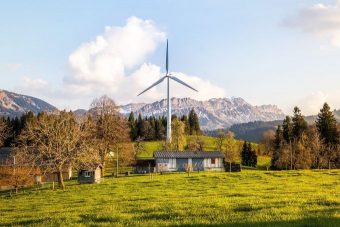
The German cabinet finalized the details of what will become known as the EEG 2016 on the 8th of June.
The proposals will be voted on in the Bundestag before the summer break, at which time the bill will become law effective 1 January 2017. Technically, there is still time for changes to be made, but negotiations have already taken place with the major parties affected, and some compromises were already reached. No major changes are expected.
A brief overview by energy source:
Solar, which is already expected to fall short of the annual target of 1.5 MW for the second year in a row, will probably slow down further. Now, arrays larger than 750 kW (down from 1,000 kW) will no longer be eligible for feed-in tariffs and instead have to be auctioned (meaning that investors can be told they cannot build).
Below that level, solar will increasingly offset power purchases from the grid, but the government wants to rein in this potentially strong market as well; if more than 20 megawatt-hours of solar power is consumed directly, the electricity tax of 2.05 cents per kilowatt-hour is payable for the entire amount of electricity (not just the amount in excess of 20 MWh) in addition to roughly 2 cents for the renewable energy surcharge. Solar power from new arrays may only cost nine cents, but the German government has just added four cents to systems of this size. Mainly, very large commercial roofs are affected.
Biomass, which also fell short of the already dismally small 100 MW target annually last year with only around 71 MW built (source in German), was to be cut further, but the state of Bavaria insisted on a compromise. Now, the annual limit is to be increased to 150 MW for the next three years, followed by 200 MW per year. Still, the question remains whether those targets will be reached at all, as with solar.
Wind: Arguably, the biggest battle took place here. The original proposal would have had 2.5 GW of new capacity as the maximum irrespective of repowering (new turbines replacing old ones). The wind sector wanted to have the target stated in net terms, meaning that the capacity of older turbines replaced would be subtracted from the new ones added. The compromise reached, however, has a gross limit of 2.8 GW. Because Germany installed 3.2 GW in 2002, there is therefore likely to be a net reduction of 0.4 GW when those systems reach the end of their 20-year eligibility for feed-in tariffs and come up for repowering. Note that this reduction only applies for onshore wind (the cheapest source of new electricity in Germany); there are separate targets for offshore wind (6.5 GW by 2020 and 15 GW by 2030).
Source: www.energytransition.de

